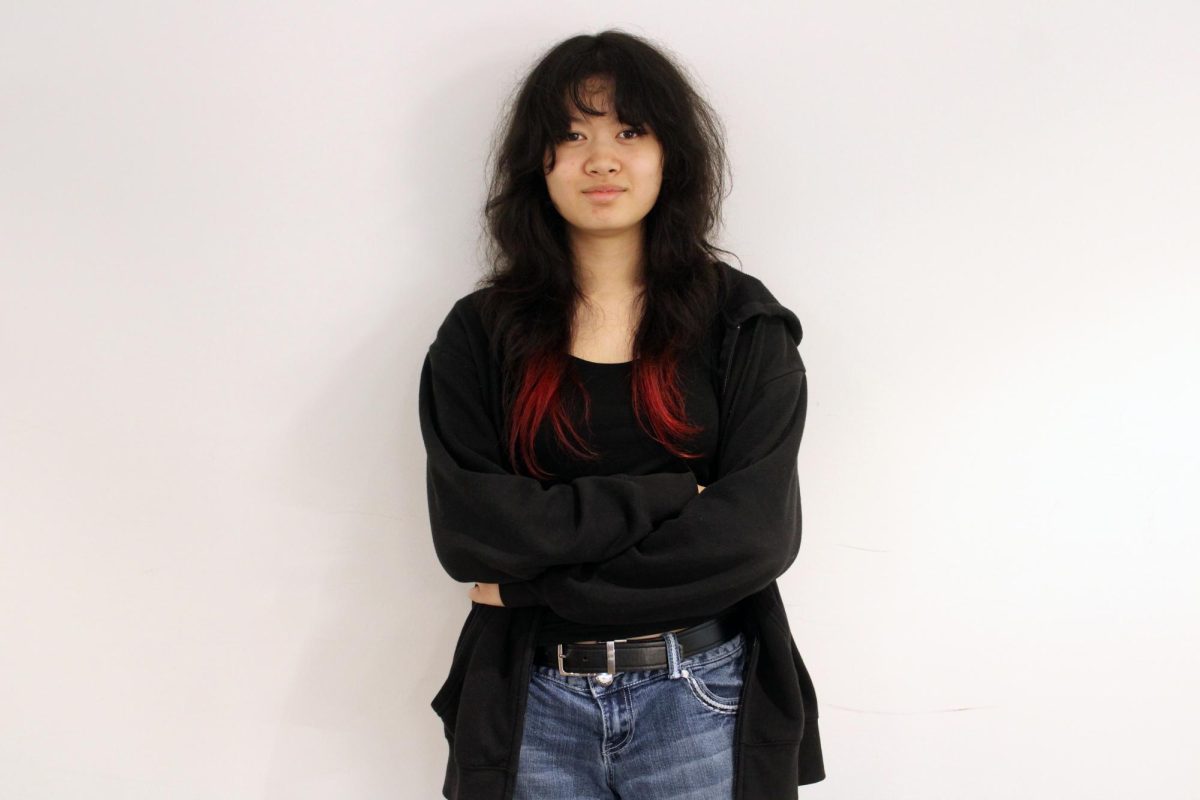As graduation approaches, it’s worth taking a moment to notice an interesting social trend: the strong persistence of high school cliques and division among students.
Logic suggests that by senior year, after four years of shared experiences, the strict boundaries of these groups would fade. Yet in many ways, these divisions remain strong. The final moments of high school, when we’re expected to connect with the whole class before moving on, are continuously clouded by tight social circles. This isn’t necessarily a sign of immaturity; it’s a natural reflection of how comfort and shared identity become powerful forces just before a major life change.
One important role of these long lasting groups is to act as an efficient filter for decisions. Throughout senior year, students face many choices — college applications, financial aid and career paths. Within a group of unanimously similar individuals, these decisions become easier to manage. You’re not driving solo, lost in uncertainty; you’re part of a group where options are discussed and agreed upon by consensus.
This group dynamic provides a feeling of safety and validation. However, this comfort comes at the expense of personal exploration, often narrowing the experiences of each person as they navigate their final years.
Therefore, the lasting nature of these cliques also shapes the shared experience of the senior class. The year includes celebratory events — prom, pep rallies, and class trips — that everyone technically shares. But when social groups remain, these experiences are often lived separately. Everyone attends the same event, but the memories created are distinct and divided. Rather than fostering a united class identity, students attending events stay within smaller groups, limiting social exploration. It’s an interesting contradiction: the whole group is present, but the shared bond is hidden, limiting the potential connections that could be formed in this final chapter.
As we look ahead, this devotion to social groups stands in contrast to the world we are about to enter. High school teaches the value of loyalty and the comfort of familiarity, while the professional world requires social flexibility and quick adjustment. The structure that provided safety for four years — a group where you are fully understood and alike — will suddenly disappear in new, diverse environments.
This shows that while cliques are great for providing security within defined boundaries, they don’t necessarily prepare us for the need to build relationships from scratch in vast, unfamiliar social spaces.
The high school clique, especially in its final form, is less a flaw and more a lens that highlights the human need for belonging. It’s the ultimate comfort zone before the next big leap. While these structures are natural, recognizing their limitations might help us step outside of familiar limitations.
As graduation nears, the most important social challenge isn’t holding on to the old group, but acknowledging the rich, temporary community of the entire class before we begin our independent adventure.









